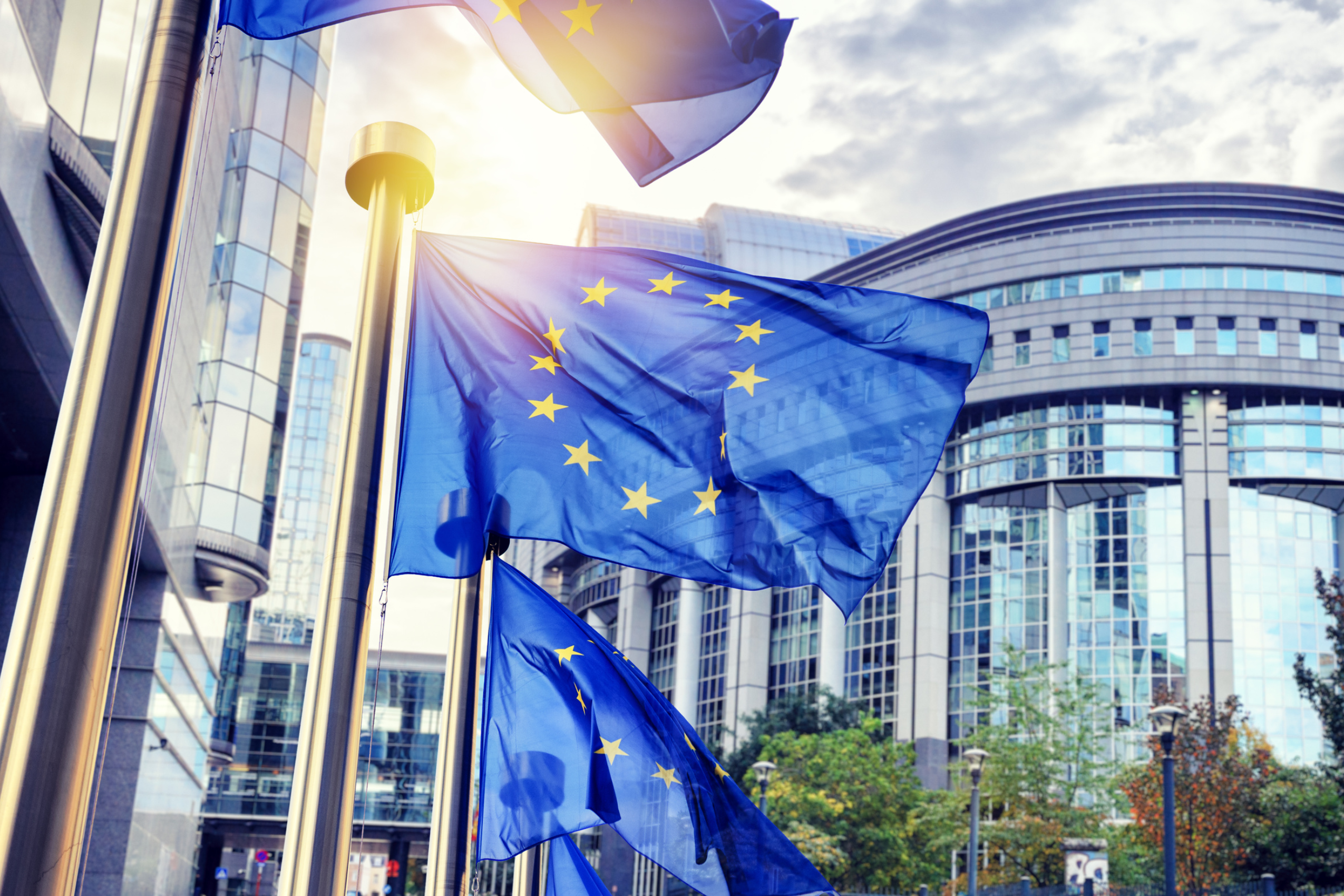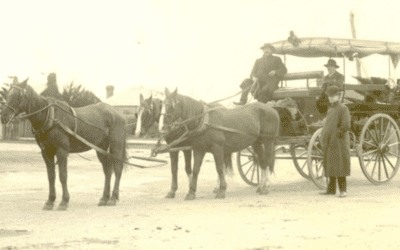The EU imposed a new round of sanctions against Russia, Belarus, and Iran due to retaliation for each country’s participation in the war against Ukraine.
Both economic and individual sanctions have been imposed, creating consequences in aggregate but holding these countries accountable.
Article Overview
Who is in the sanction?
The EU has sanctioned 1,386 individuals and 171 entities with Russian ties, including the current Russian President, Vladimir Putin, as well as the former President of Ukraine, Viktor Yanukovych.
The former president was sanctioned after being tried for treason. In 2014, he was removed from office for his involvement with the Russian-backed separatists, oligarchs, members of the National Security Council, and more.
Iran and Belarus found themselves on the sanctions list for their either direct involvement or support in Russia’s attack on Ukraine.
Why Belarus?
Belarus was a part of the Soviet Union until its collapse in 1991. The government has stayed in close ties with Russia ever since. The President of Belarus, Alexander Lukashenko, has been in office since 1994, making him the longest-sitting leader in Europe.
Lukashenko has been back and forth on his relations with the East and the West, depending on his needs. He obtained a controversial election win in 2020 that called for his resignation. He (Lukashenko) sought help from a man who knew about silencing opposition, Vladimir Putin. Now Putin is calling on the favor.
Belarus has sanctions in place by the EU for allowing Russian military troops to train within the country’s borders. The Pentagon has claimed that Russian missiles have fired from Belarus. Some have considered Belarus an immediate danger. Michael Carpenter, who is a U.S. diplomat had this to say. “[Belarus] is a launchpad for a vicious, barbaric attack on a neighboring state”. Russian troops and equipment are present within Belarus’ borders, and the EU has proposed a new round of sanctions against the assisting country.
The proposed sanctions include:
- Export bans on dual-use goods and technologies used for military purposes. This could enhance the nation’s industrial capacity
- Trade restrictions on luxury goods, investments, and the provision of certain services
- Measures impacting the nation’s aviation and energy sectors and key sources of revenue
Akin to the sanctions on Russia, the terms allow for exemptions, including medicines, agricultural, and food products as well as payments for financial transactions that involve sanctioned individuals.

Why Iran?
The plot thickens by bringing Iran into the picture. The U.S. has tacked on sanctions against Iran little by little since 1979 when the U.S. Embassy in Tehran was seized as a result of the Iranian Revolution led by Ayatollah Khomeini.
Iran is supplying weapons to Russia in exchange for an “unprecedented level” of military support. Since the invasion of Ukraine, Iran has become Russia’s top military supporter. Iran has been selling and transporting hundreds of Iranian unmanned aerial vehicles (UAVs). Their purpose in Ukraine is against energy and critical infrastructure.
Putin has been searching for some support in his war against Ukraine. What better place to find it than in the lifetime officeholder in Iran, Ali Khamenei?
The two leaders met in the summer of 2022. Putin received strong support from Khamenei. He (Khamenei) believes that the West opposes an “independent and strong” Russia.
The Biden Administration stated that Russia and Iran were strengthening their military ties. Quote: “[a] full-fledged defense partnership,”. British Foreign Secretary James Cleverly claimed that “Iran is now one of Russia’s top military backers.”
Unmanned or “Kamikaze” drones have been found within Ukrainian borders. These were not only developed by Iran but with Western-made technological components.
In return for his (Khamenei’s) support, Vladimir Putin is supposedly promising military and technical aid.
On January 23, 2023, the EU decided to add to the sanctions already in place against Iran as part of the Iran human rights sanctions regime. The added list includes restrictive measures, 18 individuals, and 19 entities.
Trade impacts across the continent
Due to the sanctions, European countries cannot sell or buy certain products creating both import and export restrictions on the land.
The main goal is to give Putin a choice: continue his invasion of Ukraine or cripple his nation’s economy. The trade restrictions do not include any consumable products such as health, pharmacology, food, and agriculture. The sanctions are designed to stifle the Russian economy, not harm its citizens.
The sanctioned goods flowing into Russia include but are not limited to:
- Technological products like computers and semiconductors
- Machinery and transportation equipment
- Energy equipment
- Aviation goods
- Luxury goods such as cars and watches
Sanctioned Russian exports include but are not limited to:
- Crude oil
- Refined petroleum products
- Coal
- Steel
- Gold
Ban on services
Sanctions on goods, imported or exported from Russia aren’t the only hit they’re taking. There is a list of services added to hit Russia’s economy in the worst way.
Since June 2022, the EU has prohibited business services to the Russian government and Russian legal personnel.
Such services include:
- Any accounting
- Bookkeeping
- Tax Services
- Business Management Consultation
- Public Relations Services
In December 2022. The U.S. placed a ban on advertising, market research, and public opinion polling services. You might ask, how is a ban on marketing and advertising relevant? Russian media published and broadcasted the notion that there is Nazism in Ukraine. This is problematic, as a section of Russian media has been state-controlled since 2001.
Ban on oil
The EU Council adopted sanctions that prohibited the sale, import, or transfer of maritime crude oil, including specific petroleum products, from Russia. The restrictions on crude oil went into effect on December 5, 2022, and crude began on February 5, 2023.
Most of the Russian oil that is exported is in transit by sea, meaning close to 90% of Russian oil imports to Europe are restricted. The result could be catastrophic for the Russian economy.
There will be a price cap on maritime crude and petroleum oil. The price cap formulated is to allow Russian diesel imports to still enter the market but at a much lower limit in an attempt to squeeze the revenue flow to Moscow.
Last year the U.S. purchased close to 700,000 barrels per day of Russian crude oil. The steps to sanction the importation of these sources will deprive Russia in a big way.
Tracking the change
Countries across Europe were buying oil in bulk leading up to this week’s sanctions. The G7 announced on February 3 that it will impose a $100 per barrel price cap on imports of Russian products like diesel, kerosene, and gasoline. Also announced was a $45 per barrel cap on fuel oil.
Countries in Asia are preparing to see more of Russia’s oil products enter the region due to the EU product bans. Analysts expect that a part of those 750,000 barrels per day that used to go to Europe will be redirected to Asia. There are ocean carriers that are popping up almost overnight creating new trade routes to move Russian oil to buyers in Asia.
On the domestic front, the U.S. futures market expects a calm transition this week. It has already priced in any immediate disruptions, and the Biden Administration has committed to releasing more than 90 million barrels. These barrels are from the Strategic Petroleum Reserve.
The International Energy Agency has agreed to release 60 million barrels from reserves.
The release of oil and petroleum by the U.S. and its allies gives a supply of energy. However, the only issue will be in the distribution of it to keep up with demand.
The unforeseeable future
Tensions between countries around the world continue to rise. The allies in the EU are banding together and stepping up to aid Ukraine in its fight against Russia. Meanwhile, there are those who are with Russia. These countries either oppose the EU or are too dependent on Russia to cut ties.
The sanctions proposed are to uphold the ideals that NATO, and the EU, were founded upon. Although, it sets the stage for the world to return to the East vs. West position. A move that the world found itself in for decades during the twentieth century.
These sanctions are a way for the EU to not stand by while civilians are killed. It is important to keep a close eye on their development, and not revert back to the sense of nationalism.
Related: The 2022 Rail Strike






